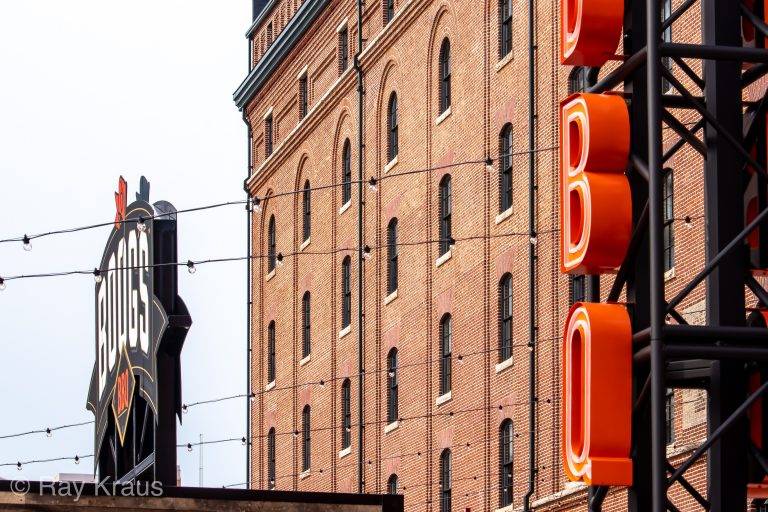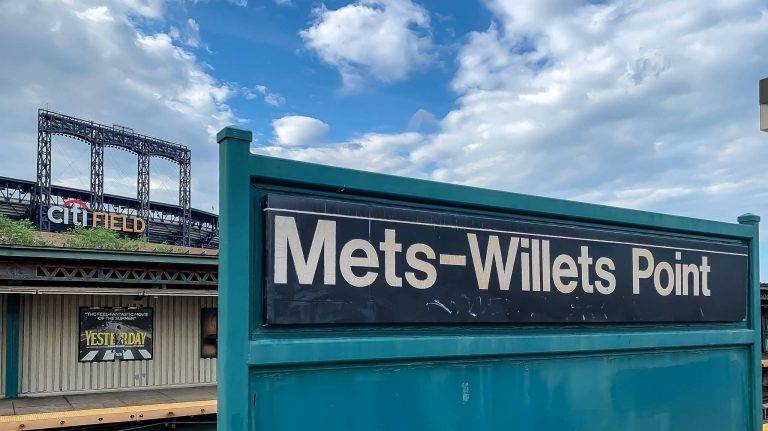Back to Florida – St. Petersburg
April’s Lost Weekend I had to find way my way back to Florida. My first trip to Florida was early in my summer’s thirty stadium journey. I’d been to Spring Training, Opening Day in D.C and the Jackie Robinson Celebration in Philadelphia. Two ballparks down, twenty-eight to go, and I felt the pressure to stay on schedule. I worried that if I missed a stop, I wouldn’t be able to find a way to get back to that ballpark. Of course, if I didn’t go back, I’d fail in my attempt to visit all the ballparks in one season. On Friday the 19th, just a couple of days after I returned from Philadelphia, I took an early morning flight to Miami. I was going to see the Marlins that night. That night went as planned, although I felt a little tired and a little out of it. On the other hand, I started early that morning. I should feel tired. When I woke on Saturday morning, things had changed. Tired and dizzy, I wondered if I could make the three-hour drive to St. Petersburg. I soldiered on and started to drive to St. Petersburg. However, an hour north of the city, I realized I couldn't go on. I slowly drove back to a hotel near the Miami Airport and, all the time, feeling defeated and doubtful. Would there be a way to get back to St. Petersburg? Would I be able to get to all the stadiums? I slept the rest of the day until the next afternoon, and then the somewhat defeated Nomad flew home. I knew that I had to find my way back to Florida. Going Home Over the summer, I revisited my past haunts. In August, I walked through the Bronx neighborhood where I was born, and my extended family lived. The following week, I went to Fenway. Mrs. Nomad and I have fond memories of our visits there when we lived in New England. Earlier in the summer, Nomad the Younger and I drove by the house where we lived in St. Louis. Then we drove by the office I worked in, near where she went to daycare. Finally, I went to Cleveland, where my father lived, and we saw so many games together before he died. Now I was in St. Petersburg, where we lived when I was young. We moved to St. Petersburg when I was five. At the time, we were a family of four. The year after we moved, a new baby brother arrived. Eighteen months later, another brother came. Bettman Archive I went to elementary and middle school in St. Petersburg. It's where I played little league baseball and went to spring training games at Al Lang Field with my father. I remember sitting in Mr. Wilson's Earth Science class in 1969 when they announced that the Mets were World Champions. The Mets were the closest thing I knew to a "home team" since they trained in St. Pete. Of…






